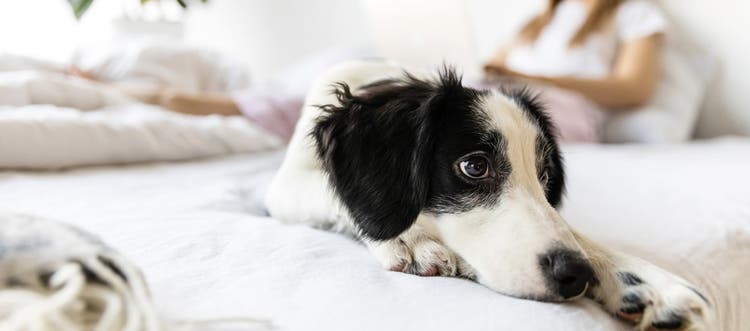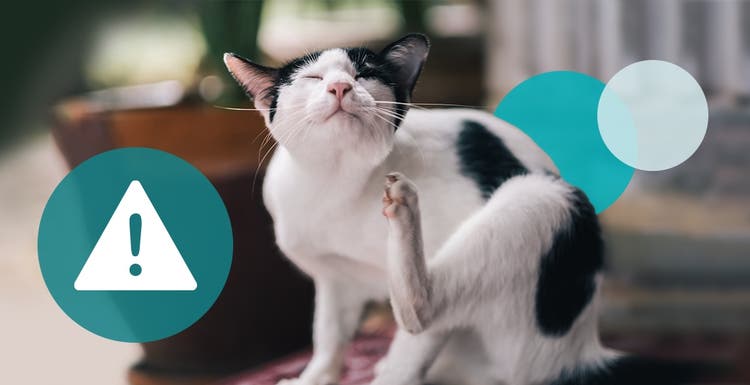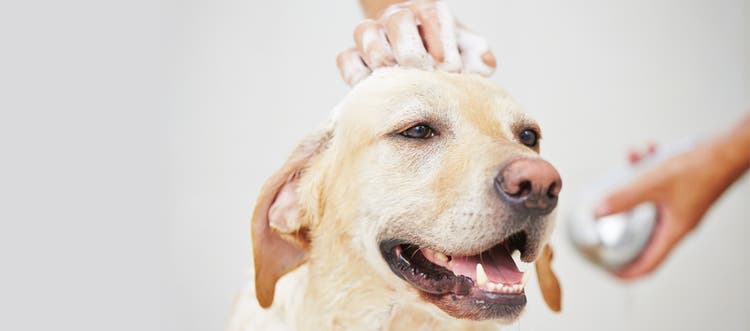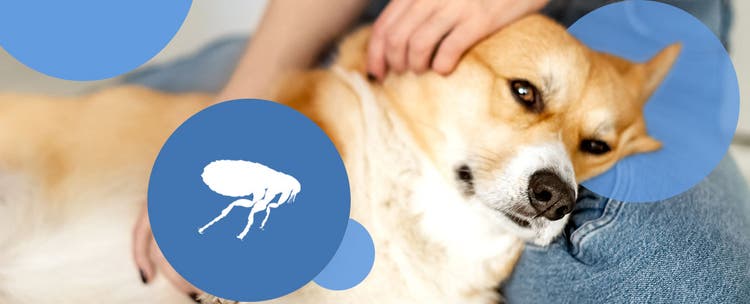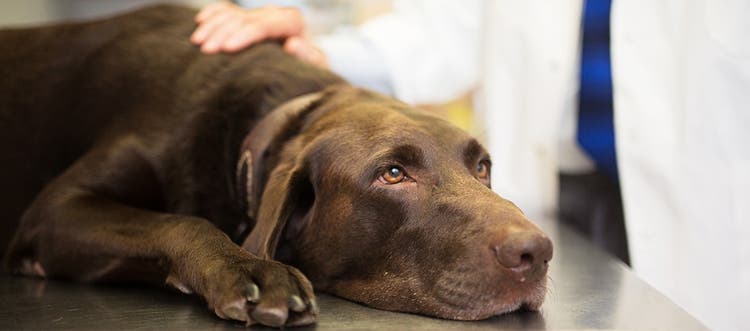Ways to get rid of and prevent bed bugs.
Think you hate bed bugs? Your pet hates them, too. After all, bed bugs are biting, bloodsucking pests. These tiny invaders — about the size of an apple seed — can create a major infestation in your home and cause ongoing discomfort for you and your pet.
Where Do Bed Bugs Come From?
Having bed bugs has little to do with whether your home is clean or dirty. So how do you end up with bed bugs?
- Used furniture, especially mattresses, is a leading entry point for bed bugs into your home.
- Bed bugs may hitchhike home in your luggage from vacation.
- Family and friends — but not other pets — may inadvertently bring bed bugs into your home.
- Bed bugs can expand their territory from neighboring houses or apartments to your home.
How to Get Rid of Bed Bugs
Once you have identified a bed bug problem, getting rid of them quickly can help reduce emotional stress, anxiety and itchy bites for both you and your pet.
While there currently aren’t products that treat bed bugs on your pet, you can use soothing or anti-itch shampoo, relief sprays and antihistamines to help your pet feel more comfortable.
Products that treat your carpet, upholstery and home can help remove bed bugs from your home. Use these in combination with different methods, do-it-yourself approaches and professional solutions to effectively reclaim your home from bed bugs.
Follow These 5 Steps to Get Rid of Bed Bugs:
1. Clean All Beds
Remove and wash all pet bed covers and inserts, your own bedding and any blankets you or your pet use. Wash in hot water and dry on the highest temperature setting.
2. Clean Your Clutter, Including Your Pet’s Toys
Place items such as stuffed animals, clothing, shoes, blankets, electronics and toys in sealed plastics bags for treatment; take care not to transfer bugs to other areas in your home.
Clean washable items in hot water and dry on the highest temperature setting.
3. Clean Infested Areas, Like Your Pet’s Favorite Hangout
Scrub surfaces with a stiff brush to dislodge eggs and clingy bugs.
Vacuum everything you can, including baseboards, furniture, bed frames, cracks, crevices, wallpaper, soft surfaces, seams and carpets. Immediately seal and dispose of vacuum bags in an outside trashcan.
4. Kill the Bed Bugs
Treat areas with a bed bug spray, a fogger or aerosols. Spray around and under beds, along baseboards and inside closets and doors.
5. Repeat the Process
Eliminating bed bugs is an ongoing process that takes time, patience and vigilance.
Consider where you and your pet spend a lot of time and continue to vacuum, wash items in hot water, and monitor those areas for bed bugs.
Help Prevent Bed Bugs from Coming Back
It’s no wonder bed bugs like your bed and your pet’s bed — beds are usually located near a wall with plenty of places to hide, and the bed itself can offer refuge, too. Take these steps to keep your good night’s rest from turning into a feeding frenzy:
- Wash clothing and inspect luggage for bed bugs immediately after returning from a trip.
- Invest in mattress liners specifically designed to prevent bed bugs.
- Never bring used mattresses, bed frames, box springs or discarded upholstered furniture into your home.
- Continuously monitor yourself, your pet and your home for signs of infestation.
Now that you know the signs and treatment plan options for a bed bug infestation, you’re better prepared to prevent another bed bug nightmare.
Did You Know?
If your pet is the only one suffering from itching and/or hair loss, you could have a flea infestation. But if you’re both waking up with itchy welts on areas of exposed skin, or if you’re seeing dark or rust-colored spots on bed linens, your home might have bed bugs.

Advantage® Carpet & Upholstery Spot Spray
Help control an infestation in your home by killing fleas, brown dog ticks, dust mites and bed bugs. Not for use on pets. Use as directed.

Advantage® Household Spot & Crevice Spray
Kills fleas, dust mites and brown dog ticks in hard-to-reach places in your home. Not for use on pets. Use as directed.
